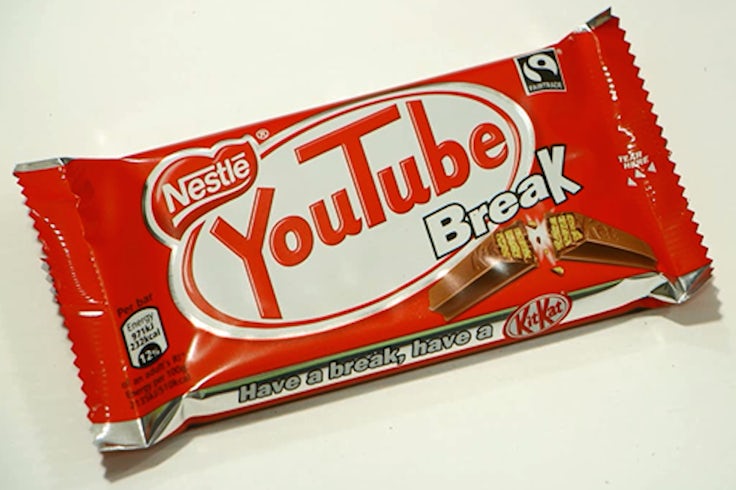Foster’s brand chief on why it is retiring ‘Good Call’ campaign to focus on “can-do men”
With Foster’s today (May 15) announcing the end of its five-year ‘Good Call’ campaign, Ifeoma Dozie, brand director at Heineken – which owns and manages the Foster’s brand in Europe – insisted that the next ad campaign will maintain the Australian brand’s humour and continue to cater to men in their twenties.

A 40 second TV spot will debut tonight, which sees the ‘Good Call’ campaign characters saying their goodbyes to viewers, and Foster’s claim the campaign has driven 70% sales growth between 2010-2013.
Dozie said the campaign, which was created by adam&eveDDB and features fictional characters Brad and Dan giving ‘agony aunt’ style advice to male beer drinkers, had been a “massive success.”
Since the ad strategy launched in 2010, Foster’s has also established its position as the UK’s biggest selling beer brand in supermarkets and off-licenses.
But the Foster’s brand now “has to evolve” in order to meet the changing habits of its primary consumer base, men aged 18 to 25, according to Dozie.
Citing Foster’s IPA Effeciveness Awards Grand Prix win in 2014, she told Marketing Week: “We’re very proud of what we’ve achieved with Good Call and the ROI it has generated – which in the UK translates to £32 back for every £1 spent on advertising – but we need to tap into what works in 2015 for that young male, tribal drinker.
“Perhaps five years ago young men were more laid back and care-free, but we’ve found a shift to a more can-do attitude and of ingenuity, so the new campaign will reflect that while maintaining our famous sense of humour.”
Foster’s will launch its new campaign within the next two months, she added.

Are beer brands alienating female drinkers?
The advertising of mainstream beer brands has come under criticism, with Allan Clark, head of SAB Miller – which owns the rights to the Foster’s brand in the Australian market, where it is a much smaller player – pointing to sexism.
He told the Daily Mail: “The world has moved on from lads telling jokes on a Saturday and high value consumption; beer is now drunk by women and men together.”
Over recent years, SAB Miller has made an effort to improve its marketing to female drinkers, with European managing director Sue Clark telling Marketing Week that “fruit flavoured or lower alcohol beers are not the only way to reach women.”
However, Dozie doesn’t feel Foster’s has an issue with sexism and insisted that female drinkers do, in fact, prefer lighter beers.
“I think like most brands there is a target audience and, for Foster’s, female are still secondary to 16-24 male buyers. I don’t think ‘Good Call’ was sexist, it was highly successful and this change is only moving away from the agony uncle idea, not in appealing to men.
With our Foster’s Gold and Radler brands we see more opportunities to appeal to that secondary female audience, especially with Radler as it has a lower alcohol content and more opportunities for mixed sex occasions.”
In 2014, 73% of male beer drinkers admitted to indulging at least once a week, with 46% of women drinking beer at the same frequency, according to the latest data from Mintel.
But Chris Wisson, senior drinks analyst at Mintel, says beer brands risk alienating female drinkers through ‘blokey’ campaigns.
He explained: “There’s definitely a failure at beer brands when it comes to talking to female customers.”
Pointing to Molson Coors being forced to axe its female friendly beer brand Animee back in 2012, with the product branded stereotypical, he added: “One of the big reasons for cider’s growth in recent years is that its quite a gender-neutral drink, appealing to men and women alike.
Beer is still a male-dominated category when it comes to sales so marketing to men won’t change in a hurry, but brands like Foster’s risk alienating women, who are a growing consumer, altogether if things stay too blokey with the new ad strategy.”






